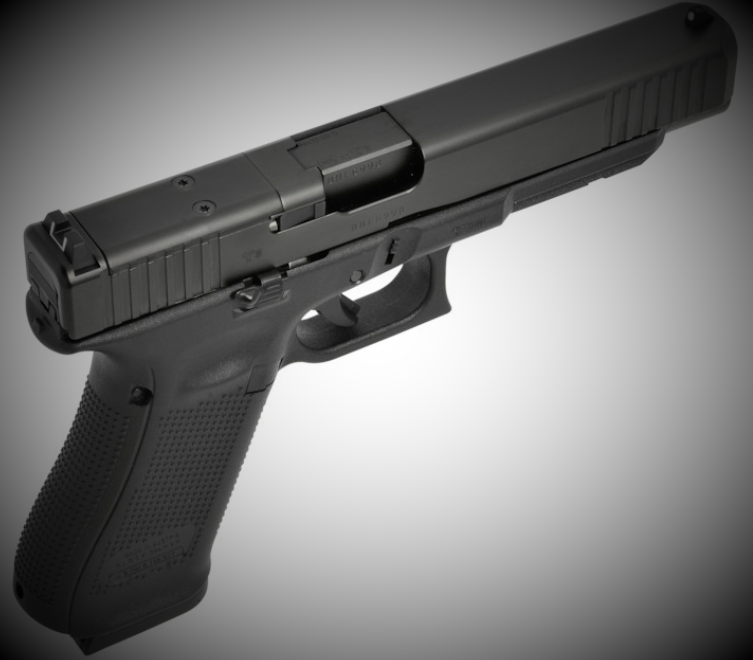
As usual, I come late to the party. But, in my own defense, it is usually because I have not been invited; whereas, being invited means having a firearm to review and the funds available to purchase that firearm for developing a long-term test and evaluation period. This malady is sometimes referred to as an old Italian disease; “Lacksafundsa.”
I had reviewed the Glock G41 twice, with the first being a range rental and the second being the one that I purchased one year after. Then, I wrote a comparison between the G41 and a 1911 for carry purposes (not yet published). After shooting a Springfield XDm 5.25 in .45 ACP at my local gun club and range, a Springfield XDm 5.25 in .45 ACP soon found a home among my other Springfield pistols.
(Author’s Note: It has crossed my mind at one time that I could sell every pistol that I currently own for ‘defensive’ purposes, buy all 64 pistols currently available from Glock, and except for .22 caliber, I would have a pistol that would cover virtually all my defensive/hunting/plinking/target shooting/competition shooting wants and needs in common calibers from .380 Auto to 10mm Auto, including 357 and .45 G.A.P.
In the case of the Glock G34, I simply had not taken the opportunity to shoot a GEN4 at my local gun club and range, as the G34 simply had not been on my radar. Recently; however, I have begun to reevaluate long-slide pistols for concealed carry and/or for defensive purposes; a seemingly paradox at best, since we tend to consider these pistols more suitable for hunting and competition.
Now, some may consider carrying a ‘Government’ model 1911 as already carrying a long-slide pistol. I suppose it depends where you set your reference. In 1911 terms, a “Government” model barrel length of 5” is considered standard. Long-slide pistols are more commonly associated with competition or hunting pistols, but also may fall into the specialty pistol category. Lately there seems to be a trend toward “Practical/Tactical” where a pistol may play two or more roles in its existence, and this may be in truth the reality of it all.
Handling and shooting the GEN5 G45 really started me on my road to appreciating Glock pistols. Although I do have several Glock models in various configurations, they have not excited me as much as does the GEN5 series, and I do believe that Glock can make further improvements to make their pistols better still.
At this point, I need to tell you something that you may already know. I do like my 1911 pistols and I do like the Springfield XD series of pistols. Recently, a Springfield XDm 4.5 in .40 Smith and Wesson won out over a Glock G22 and a Springfield 5.25 in 10mm Auto won out over a Glock G40. These pistols simply serve my need for a solid platform from which to shoot the .40 Smith and Wesson and 10mm Auto calibers and does not mean that I cannot take a fair look and provide a fair evaluation of a Glock pistol in the same or a different caliber.
Now, back to our regularly-scheduled program.

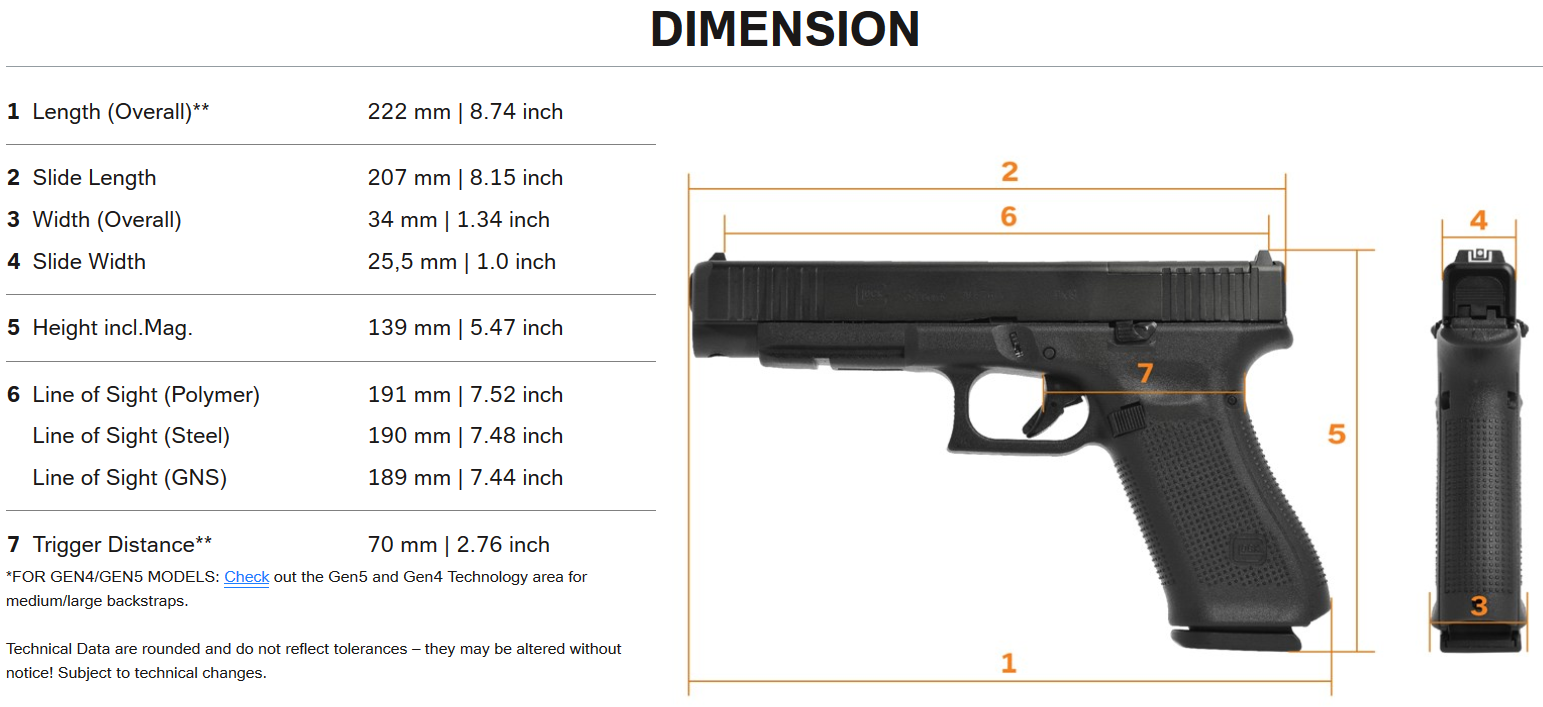
The Glock G34 is, for all practical purpose, a pistol intended for competition. However, with the advent of the GEN5 version of this pistol, a serious evaluation of the pistol for the purpose of self or home defense should be considered as well, in my opinion. Could the G34 fit into that “Practical/Tactical” class of pistols that I spoke of earlier? The differences between the GEN4 and GEN5 models are not slight. This review is for the G34 Gen5 MOS FS Competition | 9x19mm model, which has obvious differences over the early version.
Enhancements to the G34 Gen5 MOS FS Competition | 9x19mm model include:
- Glock Marksman Barrel (GMB) – Enhanced Polygonal Rifling & Improved Barrel Crown.
- nDLC Finish on Slide including MOS Cover Plates.
- No Finger Grooves.
- Ambidextrous Slide Stop Levers.
- Flared Magwell.
- No Locking Block Pin.
- De-horned Slide Nose.
- Enhanced Trigger Spring Assembly Design.
- Enhanced Magazine Floorplate w/ Orange Magazine Follower.
- Re-Designed Trigger Mechanism Housing.
- Frame Re-design Under Trigger Guard.
- Trigger Pin Modifications.
- Scallop Cut in Front of Frame Grip (early model only).
- Modified Trigger Bar.
- New Extractor.
- Reinforced Front Slide Rails.
(Author’s Note: In the 9×19 selection of Glock pistols alone (at the time of this writing), there are 27 candidates to choose from. For a pistol that would be carried concealed, the average person would be hard pressed to choose the G34 over a G17, G19, G45, G48, etc. unless there is enough background on each to warrant discussion.)
While the Glock G17 has also gone through a GEN5 update, the longer barrel length of the G34 gives the G34 a slight advantage over the G17, although admittedly the increased barrel length can be a detriment to concealability, should one decide to do so. But, if a Glock G17 or a full-size 1911 can be effectively concealed, the G34 should present no problem for the person who knows how to conceal a large frame pistol, given the grip size of the G34 is the same as the G17.
Additionally, the fact that an RMR can be installed may also be a plus, although I don’t see the concealed carry of an optic-equipped G34 as feasible; therefore, I did not include an RMR in this evaluation, as RMR discussions are beyond the scope of this article.
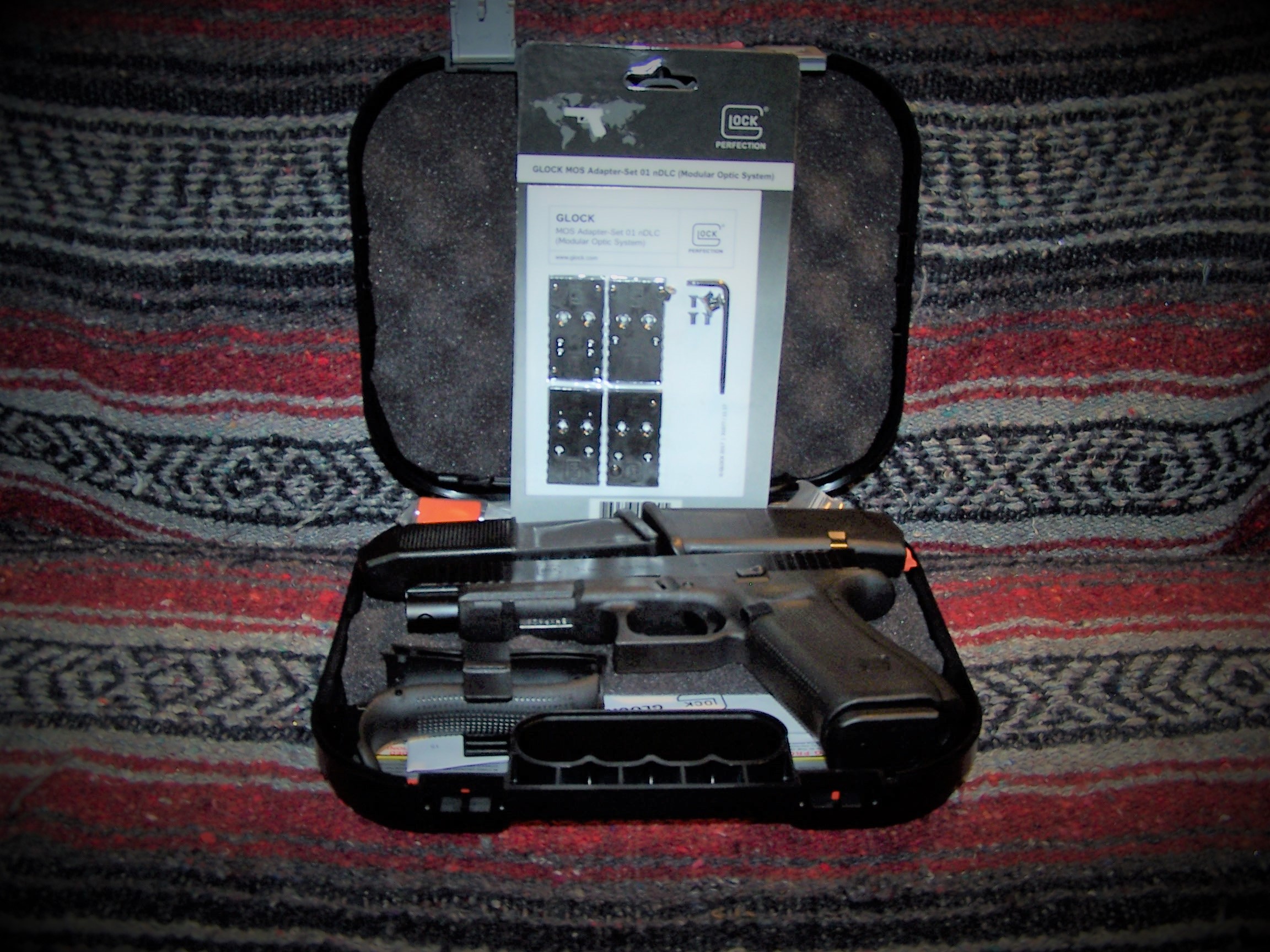
The slide of the G34 Gen5 MOS FS Competition | 9x19mm is pre-cut with a cover plate in place. The gun comes with the adaptor pack for red dot sights (see above). Many of us aren’t ready to fully switch to red dot sights, but at least now have the option in the future. Or, if you are invested in a red dot sight, you may have just saved $200 at the gunsmith.
The GEN5 G34 currently is only available in the MOS (Modular Optic System) configuration. I am looking at the G34 from a carry perspective, and for me a MOS would is not included in that perspective, although one could be an option for home-defense. Moreover, the G17 is offered in both MOS and non-MOS configurations and Glock just may keep the one MOS configuration for the G34 rather than bother with two different configurations. Let’s face it, if you want a MOS, put one on it; if you don’t want a MOS, don’t put one on it. Pretty simple, really.
As shown below, one obvious difference between the Gen5 G34 MOS from the G34 Gen4 MOS, an even the Gen4 G34 without MOS, is that the slide cutout is no longer present. For a pistol that is to be concealed, an open slide is a deal breaker for some, although the Berretta 92FS/M9 has been carried in probably worse conditions than the everyday civilian concealed carrier would be faced with, and without serious issues. However, the closed slide does add some weight, and weight is good for recoil management. While an open slide on the Berretta may look sexy, it does not add any sexy look to a Glock pistol. A Glock is anything but sexy looking, but then it is, in a strange sort of way.
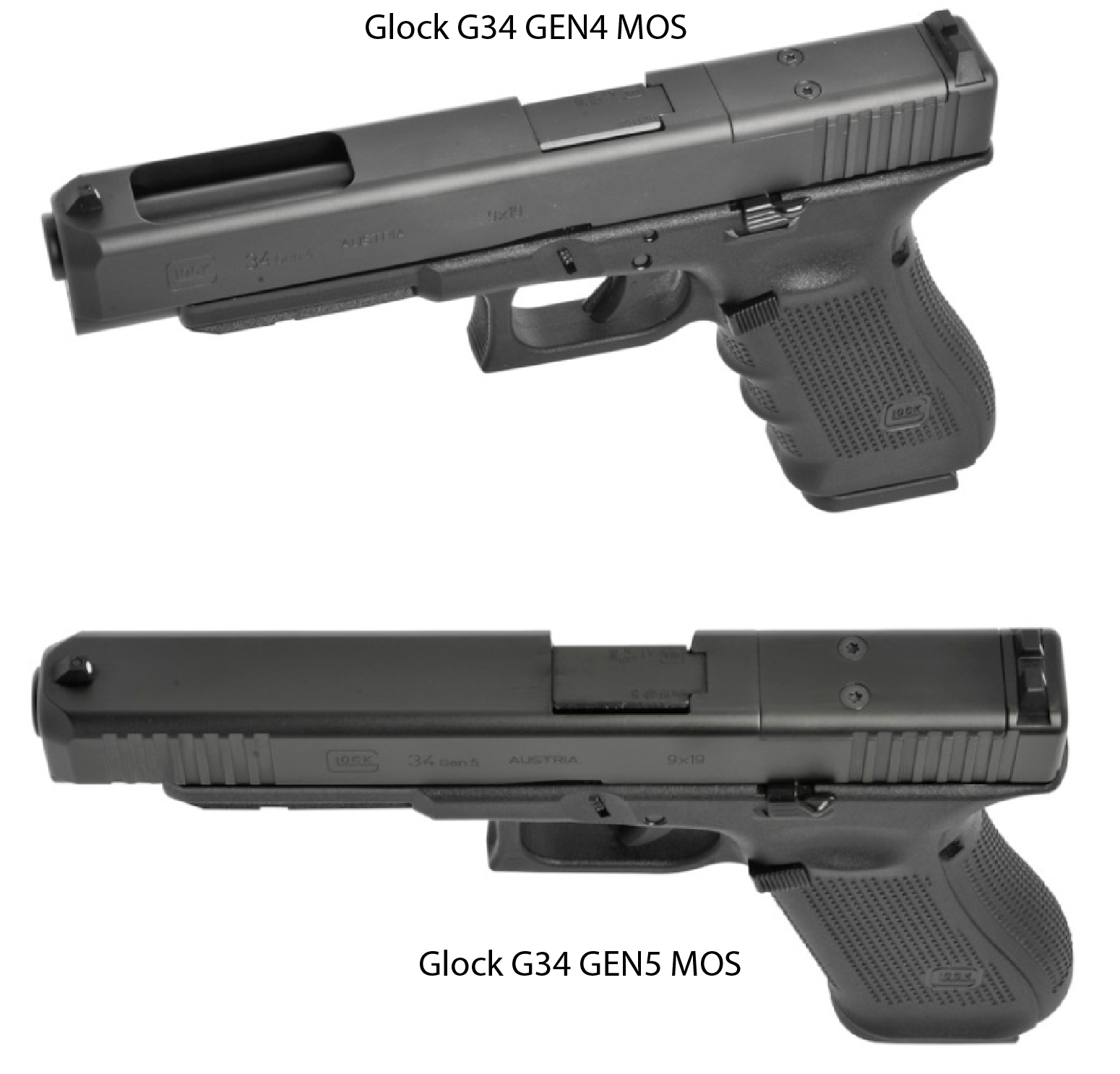
Unless you are Glock savvy, you may not even notice that the GEN5 is a two-pin frame. If you have ever done a complete dis-assembly of a Glock before, you should remember that they have 3 essential frame pins. This model has only two. The locking block pin is absent, or more precisely, it is not needed for the Gen5 configuration.
The inclusion of four additional back straps is big plus for adapting the hand to the pistol (or vice-versa). With the largest backstrap, which includes a healthy beavertail, the placement of my finger on the trigger is ideal. I have size large hands, and the standard grip always leaves me either pulling my finger to the side or gorilla gripping the trigger. The package also includes a handy “punch” and pin to complete the swap out. The large grip adapter with beavertail extension also provides my hands better protection from slide bite, which I am prone to due to my high grip and fleshy thumb webbing. While I am not going to get into all the upgrades of the Gen5 series of pistols, I am thankful for some of them, as I think they take the Glock to another level; however, there is still room to grow.

While you can’t tell in the above image, the top of the frame is not perfectly aligned (perpendicular) with the bottom of the slide. I have heard the term “Pig Nose” in reference to this. It does not affect the function of the pistol, but if it does there is a fix.
While I like a finger-grooves on a pistol grip, as they help index my hand, I don’t really miss them on the Gen5 Glock pistols. With the grip of the G34 Gen5 the same as the G17 Gen5 and Glock 45, there is no difference in feel, per se, regardless of the generation of Glock. With that said, I do like the texture of the Gen5 grip (RTF). It has enough texturing for a sure grip without being abusive under fire. The Glock G34 Gen 5 feels good in the hand. It actually feels very much like the G45 with the largest grip adapter installed; albeit, the G34 is barrel heavy (until loaded).
The ambidextrous, extended slide lock/release allows for either hand operation and due to the larger than stock size dropping the slide is no issue. Front and rear serrations allow for press-checking or “slingshot’ slide releases as desired.

Of course, if you are used to shooting or carrying a different Glock 9x19mm pistol, the extra barrel length of the G34 may seem long, but long is good, and it can be hidden (I’ll talk about that later). The 5.31-inch barrel of the G34, compared to the any of the other Glock 9x19mm pistols, provides a distinct advantage in the velocity department by about 100 fps. The longer sight radius aids in accuracy when using the sights, polymer or otherwise.
The Gen5 has a Glock Marksman Barrel (GMB), which (supposedly) delivers increased accuracy with enhanced polygonal rifling and an improved barrel crown. It has been proven that a well-tuned Glock is highly accurate, and accuracy counts a lot when using a pistol for self-defense. Of course, the ammunition being fired, and the operator’s capabilities of doing the right thing at the right time, contribute to the over-all accuracy of any firearm.
The weight with loaded magazine is 2 pounds 2.57 ounces (34.57 oz.), as compared to the G17 that weighs 2 pounds 1.71 ounces (33.51 oz.) with a loaded magazine. The weight of the pistol aids in recoil management, which indirectly affects accuracy (if you are affected by the recoil, you will not be able to shoot the pistol accurately).
Range Time
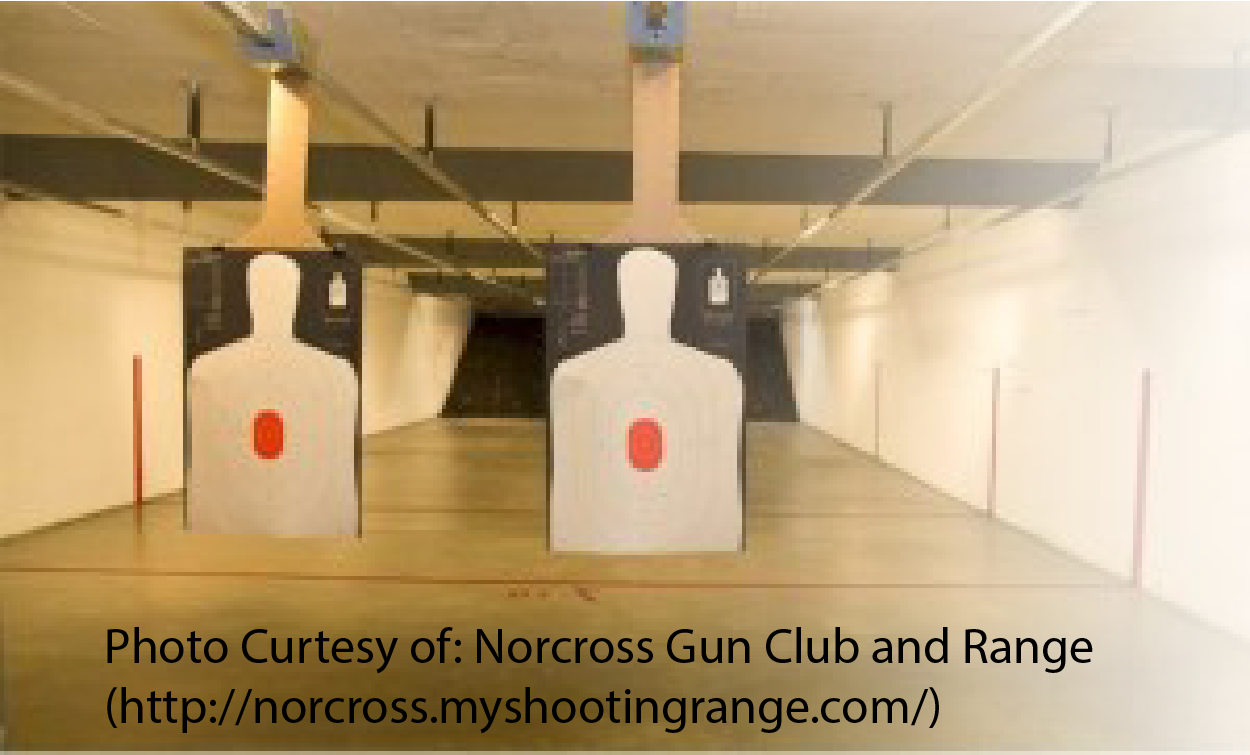
The G34 GEN5 is simply a joy to shoot. There is very low recoil and muzzle flip when using a proper grip. The large beavertail grip adapter allows me to get as high a grip on the pistol as possible. I feel the light recoil impulse in the web of my shooting hand, and it feels good.
The trigger pull is rated at 24 Newtons, which in my language equates to 5.39 pounds. The actual trigger pull, new and out of the box, and measured over a five-pull average with my Lyman digital trigger pull gauge, was 5 pounds 11.5 ounces. Not what I would call a competition trigger, but given the dual purpose of the pistol, and the fact that the trigger pull will smooth out and lessen over use, it is adequate.
While I will slingshot the slide closed for the most part, there are times when using the slide lock/release is handier, especially when speed is an issue after a reload. The ambidextrous, extended slide lock/release allows for a quick slide release from either hand due to the extended slide lock/release.
The first time at the range for any firearm usually consist of a function and accuracy check. I don’t have the luxury of running hundreds of rounds of ammunition for my large audience of readers, but I had fifty rounds of MAGTECH 124-grain FMJ (1,181 fps) and followed up with twenty-five rounds of Sig Sauer V-Crown 124-grain JHP (1165 fps) to set the stage for testing defensive ammunition. I also ran a mag full of Sig Sauer V-Crown 147-grain (985 fps) to see how they would perform, as I favor heavy bullets. This is not an extensive test by any means, but I don’t need to shoot a thousand rounds or perform 226 magazine dumps in a row, to determine the worthiness of a pistol that I intend on using for self-defense.
The Glock G34, as expected, met my expectations and performed flawlessly. It is boring to discuss the reliability of these pistols. However, I will touch on it just a bit.

The first several shots were to get familiar with the trigger. Five shots of Sellier and Beloit 115-grain FMJ was shot from a rest to get POI and to adjust zero at seven yards. After zeroing was complete, the remaining shots were fired off-hand from my usual ‘Modified Weaver’ stance in several “Mozambique Drills” . This is all followed up with a magazine of Sig Sauer V-Crown 124-grain JHP and then a magazine of Sig Sauer V-Crown 147-grain JHP. Obviously, this is not extensive testing by any stretch of the imagination, but it is a test of what the pistol, ammunition, and I are doing at this time with this pistol.
Finally, I did some snap shooting to test my ‘point n’ click’ capabilities with the G34. This is simply picking any point on the target, get a snap sight picture, and shoot at it as quickly as possible, rinse and repeat. Vary the shot string with single-shots and double-taps. The G34 followed my every move and where I aimed a nice round hole appeared in close vicinity of my aiming point that varied from torso shots to head shots.
The G34 seemed to like my choices in defensive ammunition and I am good with that.
Returning to the trigger for just a moment, it might be said that the trigger is very good. There is the usual take-up, but the “wall’ is very slight; so much it seems like the trigger can be rolled cleanly through it. The trigger on the G34 Gen5, to me, is more like the trigger on the XDm series of pistols. I am expecting it to break in nicely the more that I get to handle the G34.
Upgrades
For me, one of the first things to change was to add the thickest backstrap adapter to give my trigger finger the needed trigger reach. I use the first joint of my trigger finger rather than the pad when shooting a pistol, as I am more accurate when doing so. For rifle, revolver, or shotgun I do use the pad of the trigger finger. It’s just what I do.
The second thing to change was the standard G34 adjustable target sights to night sights, Glock or otherwise. I ran with the Glock Target Sights for a bit, as they were serving as a source for another article. But since my gun club and range had a set of TRUGLO Tritium Handgun Night Sights for the G34 on hand, and I had completed the article, I made the decision to have them installed right then, right there. The G34 is better for it, and I am a better shooter because of it.
The TRUGLO Tritium Night Sight is assembled in the U.S.A. with Swiss Tritium inserts. In low or dark light, the dots glow green; whereas, in bright light they are simply white dots.
The sights are not large, but large enough for my eyes to find them quickly in dark or light.
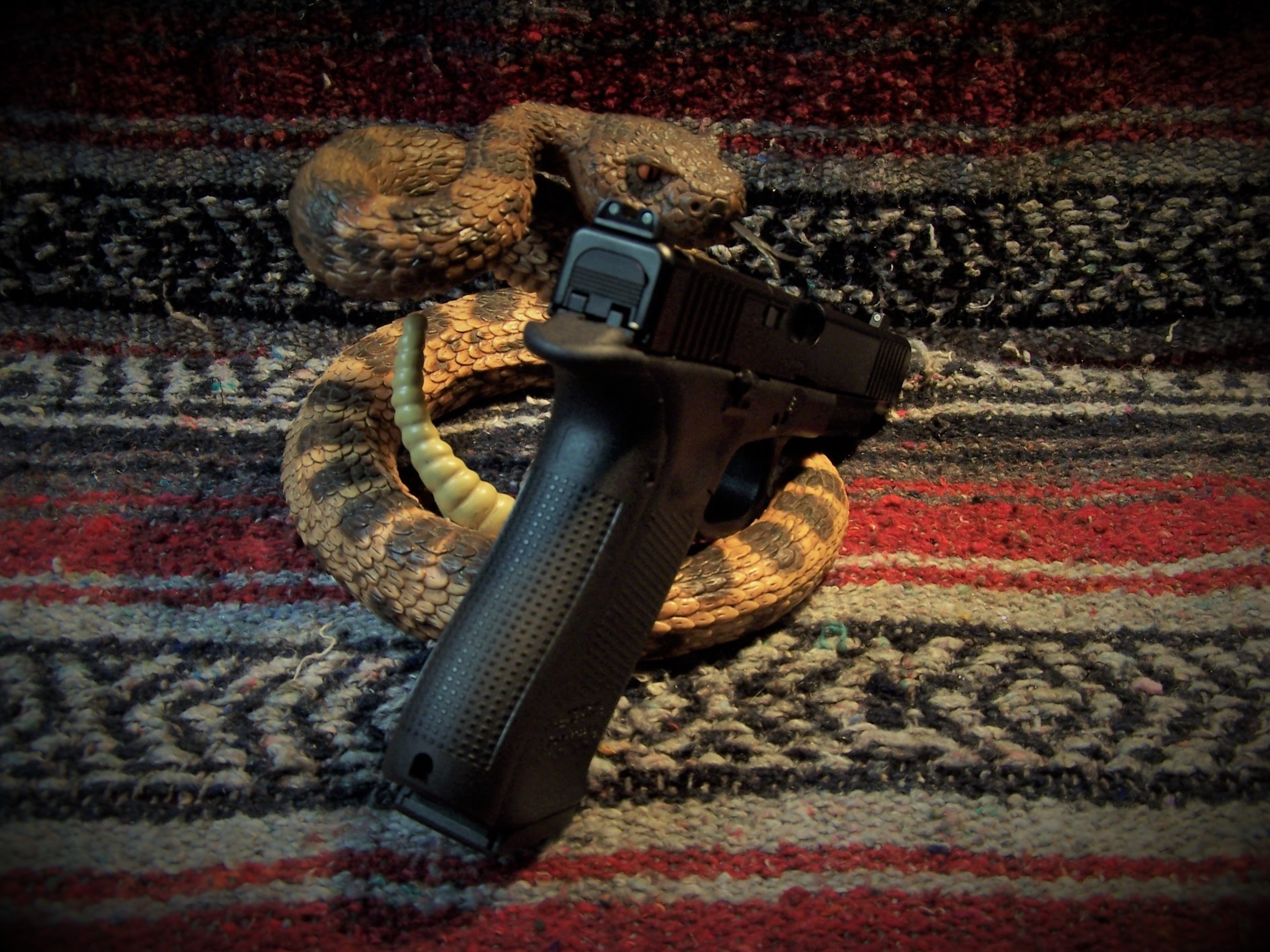
Concealed Carry
G34 in a Simply Rugged ‘Cumberland’ Holster
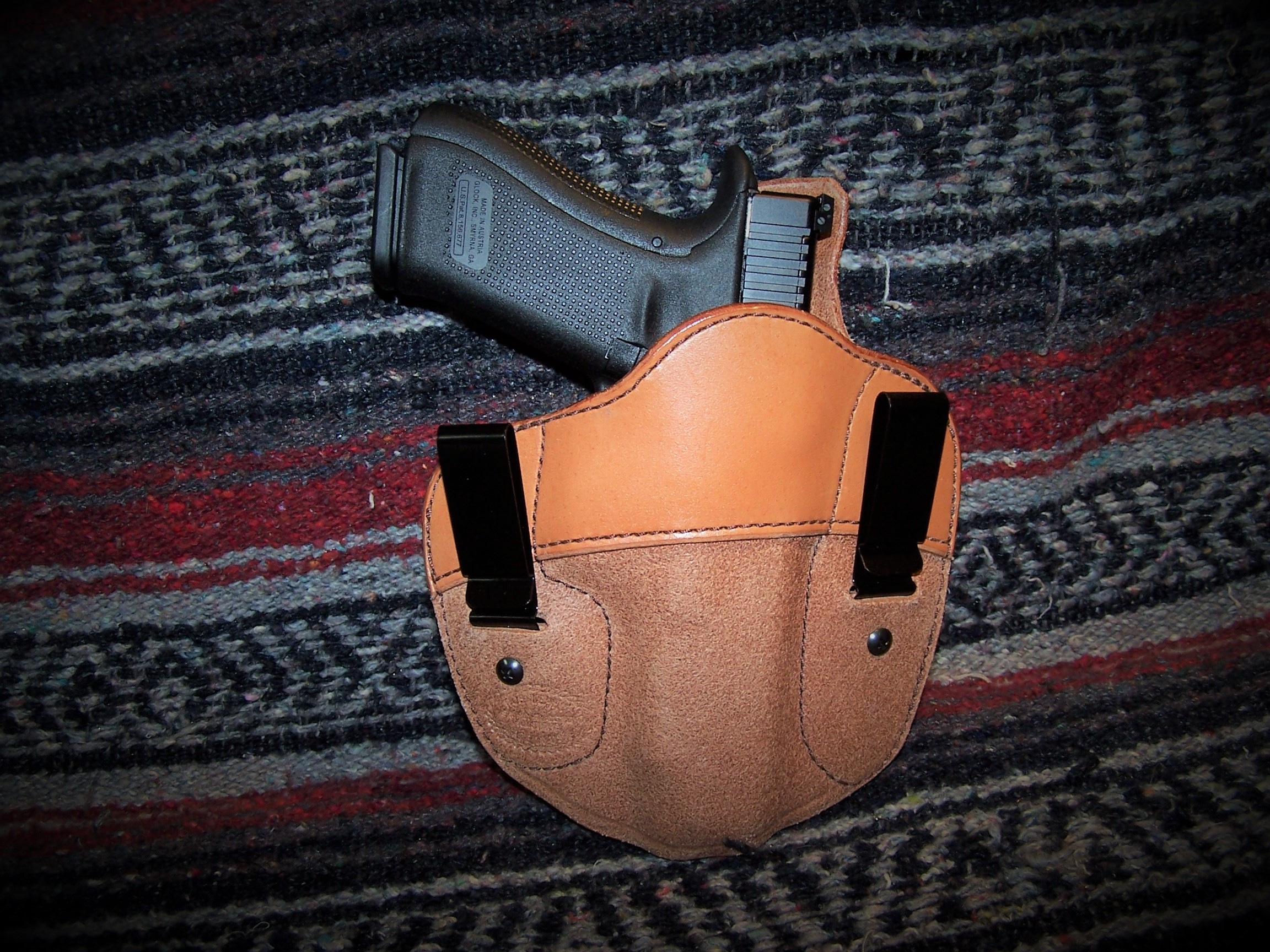
Full Rear Sight Protection with the Simply Rugged ‘Cumberland’ Holster
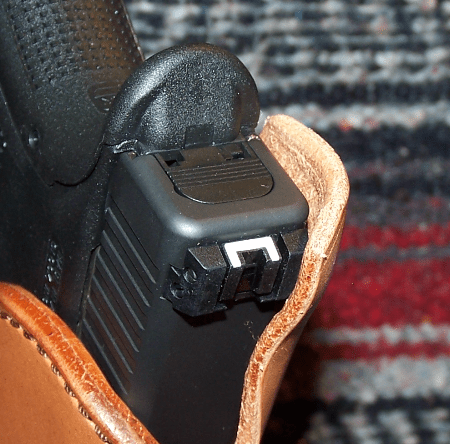
G34 in a Savoy Leather IWB Holster
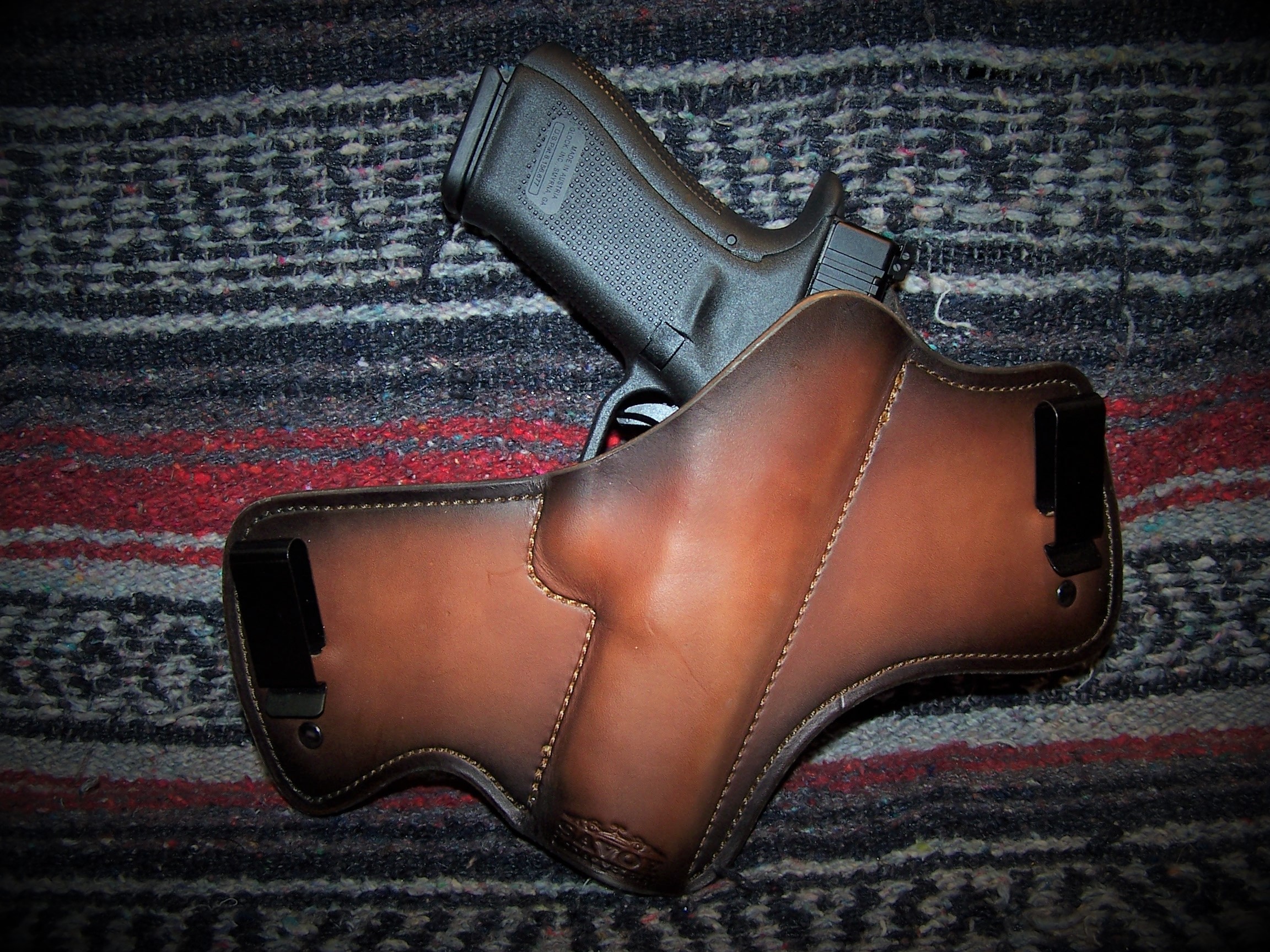
With the Glock G41 under my belt (almost literally), I am no stranger to concealing a Glock pistol that exceeds common sense length of carry. However, the G34 Gen5 has the same dimensions as the G41, and since the G41 fits in the “Cumberland” holster from Simply Rugged, and a G41 fits in the Savoy Leather holster, they also house the G34.
I have been carrying the G34 in the Savoy holster for about a week, and I can tell you that this is a most comfortable arrangement of pistol and holster when both standing and sitting. The Savoy holster would be an ideal Autumn through Winter carry holster.

The Alien Gear Cloak Tuck 3.5 IWB Holster (Inside the Waistband) is an awesome holster to house the G34 (and other comparable size Glock pistols), as it allows complete adjustments for holster cant, depth, and tension to your requirements. The Cloak Tuck 3.5 affords full barrel protection. The Cloak Tuck 3.5 is now my go-to holster for the G34 and G41, although the Simply Rugged and Savoy holsters are just as excellent; albeit, limited in adjustments.
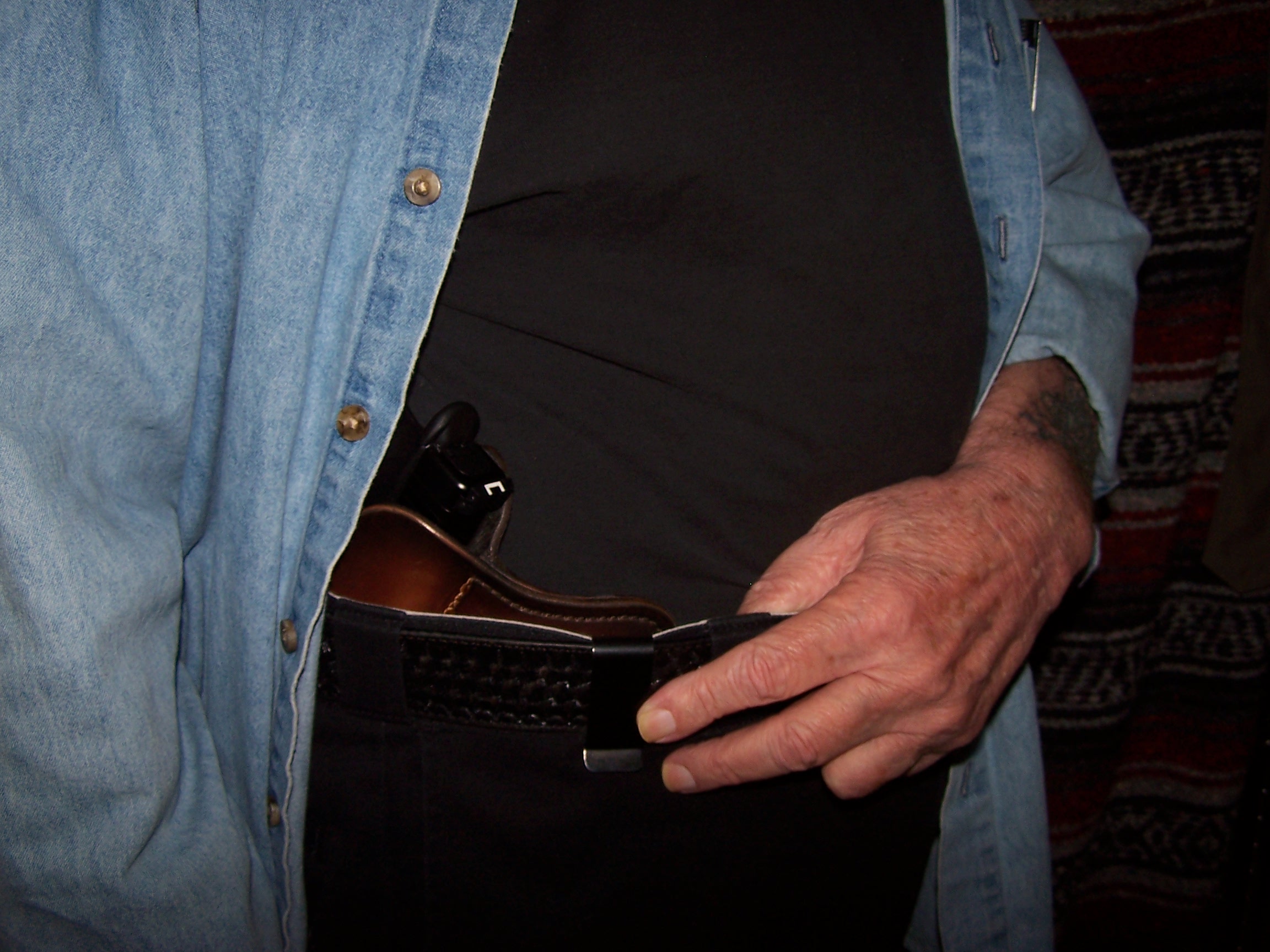
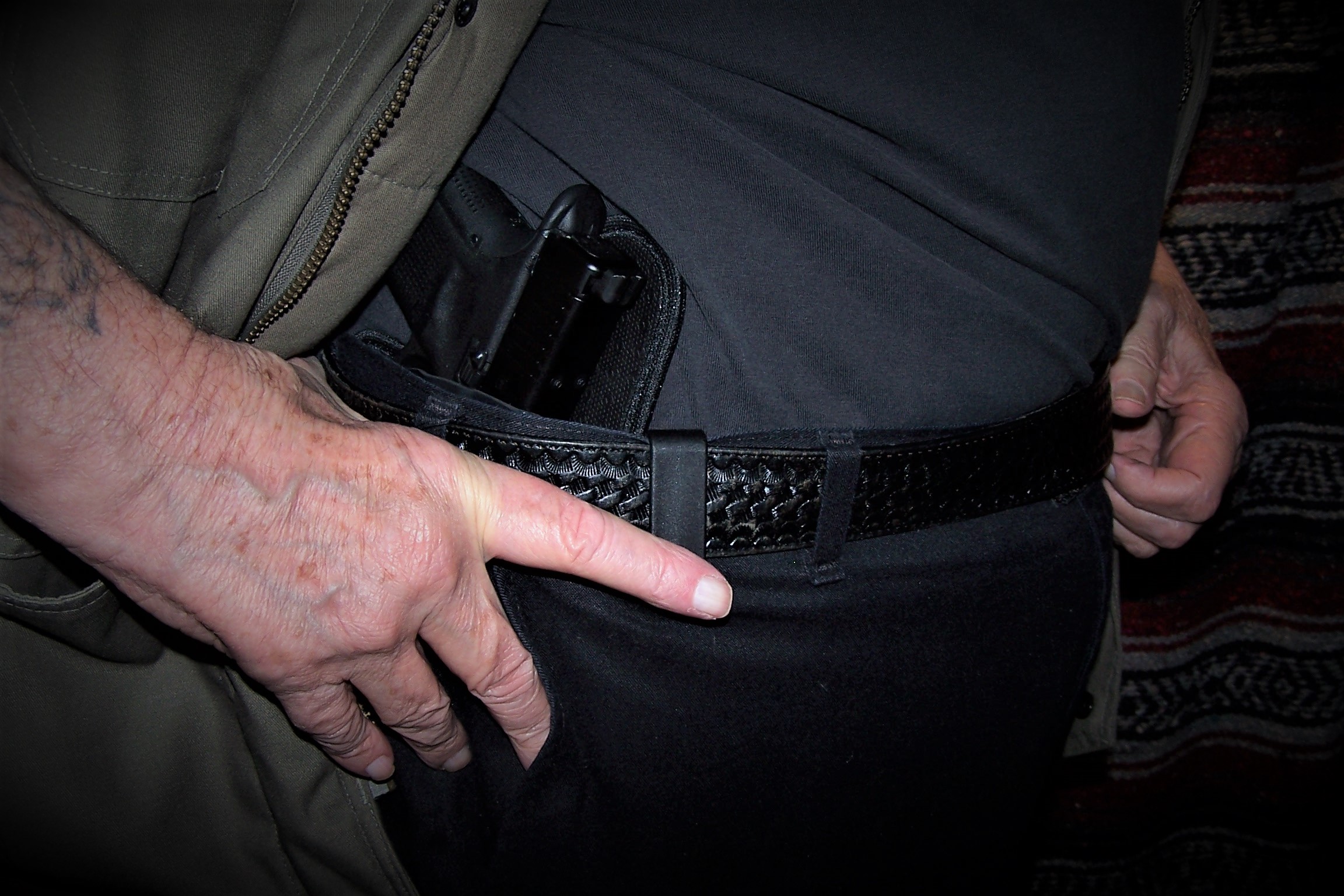
The slide width of the G34 Gen5 is 1.0 inch with the overall width of 1.34 inches, which also takes in account the magazine well flare. While the G45 and G17 are some of my favorite Glock 9mm pistols due to the grip length; the G34 is one of my favorite Glock pistols due to the barrel and the grip length. And both grip and barrel length pays off at the range. Just for an interesting comparison, the Ruger SR1911 9mm is also 1.34 inches in width. It is easy to say that concealing the G34 would be no more difficult than concealing a 1911 in 9mm, and you get 17+1 rounds as compared to 9+1 (or 10+1 with 10 round magazine), although fully loaded the G34 would approach the weight of the 1911. Still, the Glock G34 has some good selling points for concealed carry.
Below is a comparison between the Glock G34 and the Rock Island Armory 1911 FS Tactical (my usual EDC). As you can see, there is not a great difference in size. It’s just a question of what platform you prefer.

In most cases, the only difference in my manner of dress when carrying concealed is how many outer garments are worn. It’s August and heading into September here in Georgia at the time of this writing, and we are topping out at low to mid 90 degrees. For most folks, this is shorts and t-shirt weather. For this old man, it is jeans or cargo pants, colored t-shirt, a long sleeve outer shirt, and a baseball hat of some kind. For my outer shirt, I prefer the denim work shirts from Dickie’s in 3X. My dress is work casual. Unless I am meeting with customers, my manner of dress is the same at work as it is away from work. The major difference is that when I am not at work, a 1911 is usually tucked in an IWB holster just behind my right hip. I wear the holster as tight to the body as possible and at an angle that helps to hide the butt of the pistol. My trousers are one size larger than I would normally wear. My shirts are two sizes larger than I would normally wear. My shirt are unbuttoned to allow the greatest movement and fast access to my firearm, if needed. In short, I dress as conservative as possible and without drawing attention to myself. Carrying the G34 would not alter any of this.
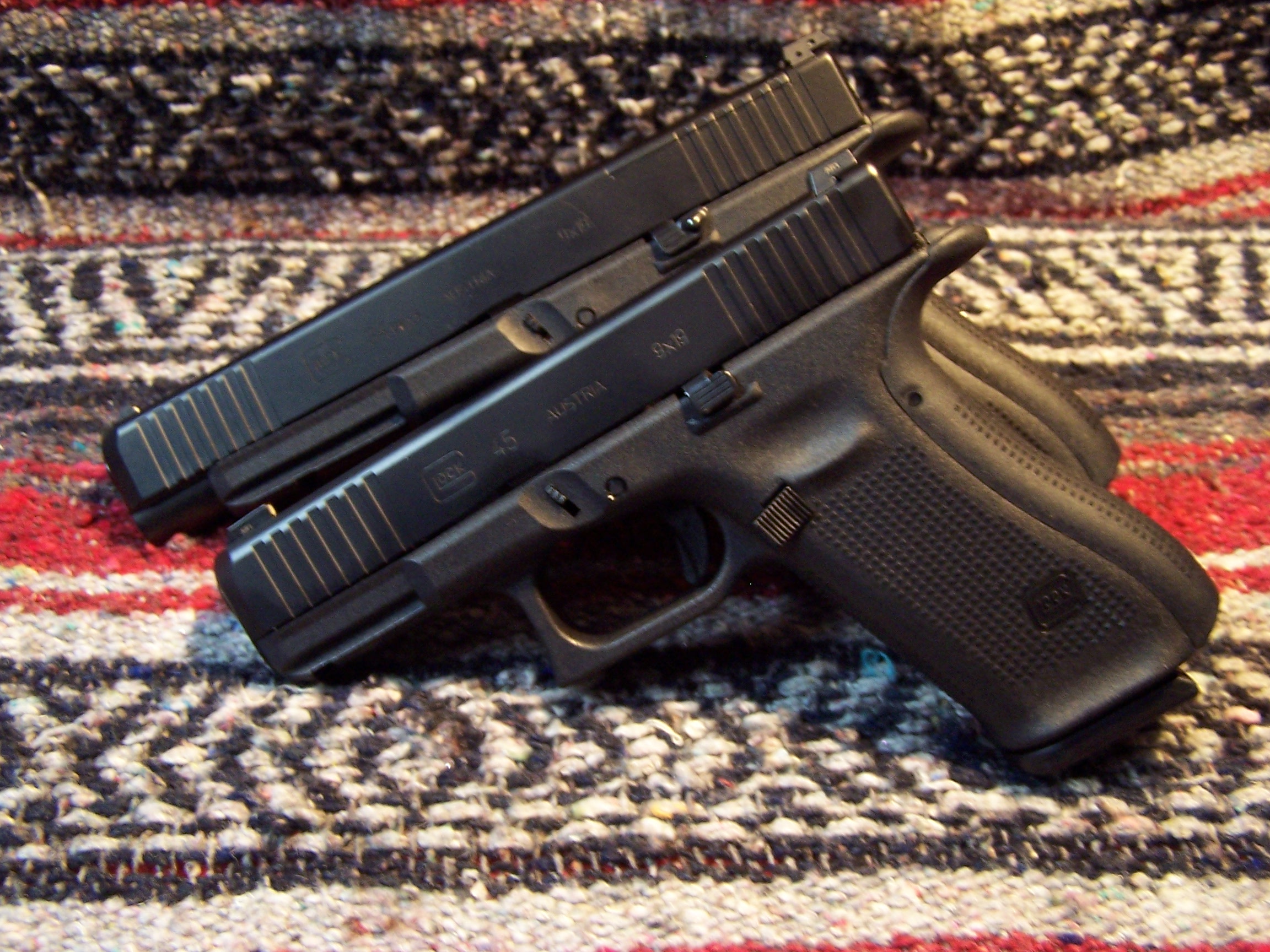
I have been considering the G34 as simply a G45 with a longer barrel (see below), since both of these pistols are set up in somewhat the same manner (with the same large grip adapter). The G34 is simply a bit more barrel heavy than the G45. If one can be hidden, so can the other.
For Comparison Sake
As I mentioned at the beginning of this article, the Glock G34 does stand alone; however, it does beg to be evaluated against others of its ilk and the Smith & Wesson Performance Center® M&P®9 M2.0™ 5″ Barrel Pro Series®, and the Springfield XDm 5.25 in 9mm, are just a couple of comparison examples, the latter of which I would consider as its closest competitor.
Of the three, the GLOCK 34 GEN5 9MM 10R AS FSS MOS is the most expensive at an MSRP of $851.00. Add a good RMR and you have invested a chunk of change. Note; however, that the GLOCK 34 GEN5 9MM 10R AS FSS MOS is the only one with a ready-to-mount MOS of the two comparable pistols that follow.
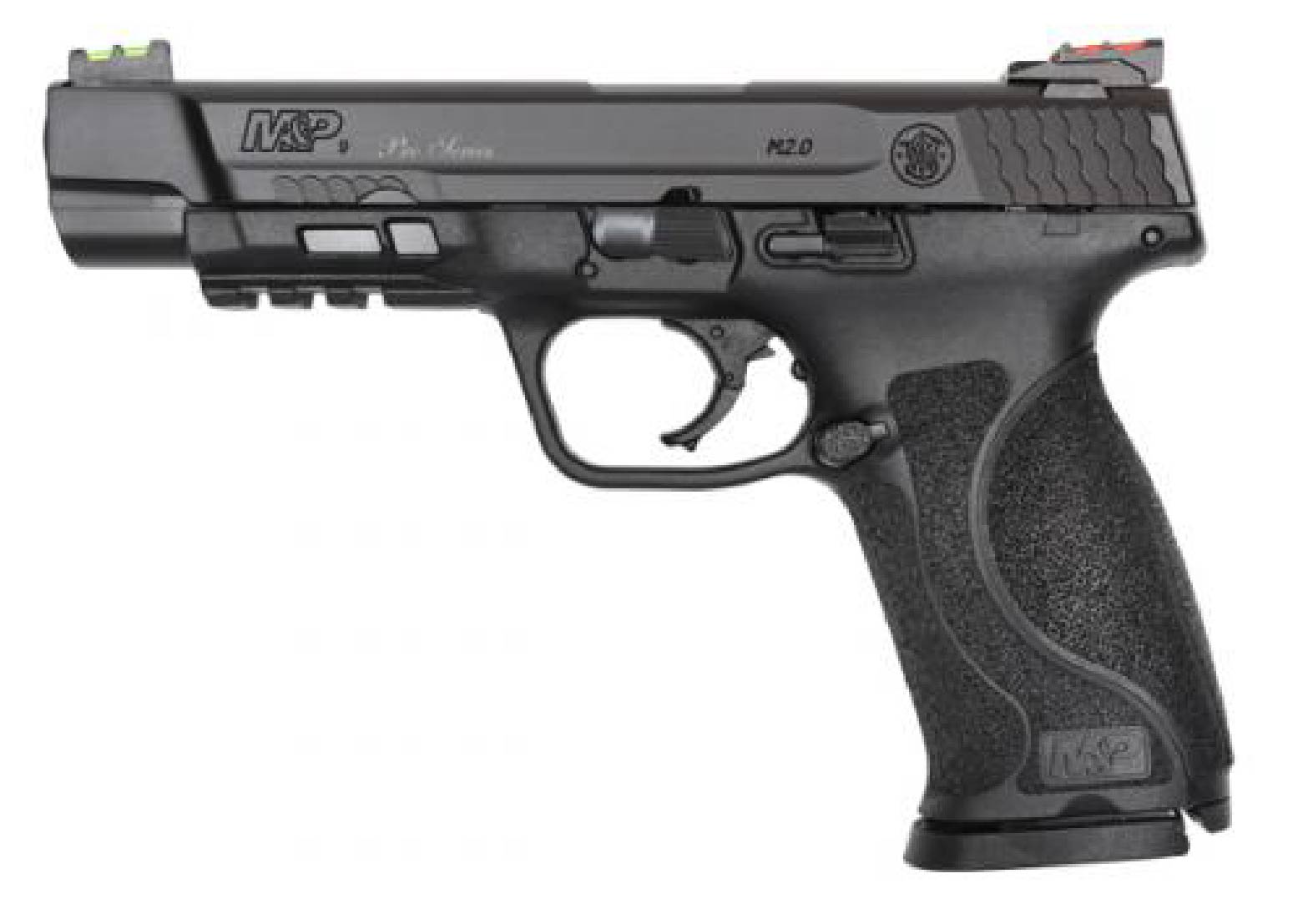
Because I am not a fan of the trigger found on polymer versions of Smith & Wesson pistols does not mean that I don’t recognize the quality of the pistols. The Smith & Wesson Performance Center® M&P®9 M2.0™ 5″ Barrel Pro Series® is competition ready right out of the box. The pistol features aggressive styling and an aggressive gripping texture with four grip options. The front green and rear red fiber sights provide the necessary sight contrast to quickly pick up the sights and the target in bright daylight, and to an extent, in mid to low light conditions. The 17+1 capacity is on par with the Glock G34 and the Springfield XDm and far surpasses that of a 1911. However, the dimensions of the Smith & Wesson Performance Center® M&P®9 M2.0™ 5″ Barrel Pro Series® are not that far from the 1911, which still makes it a candidate for concealed carry. The $651.00 suggested retail price is within most people’s means. I hope to write a review on this pistol at some point.
Springfield Armory 5.25

The Springfield Armory XDm 5.25, coming in with an MSRP of $753.00, is an excellent firearm for competition use or personal defense. Slightly bigger and heavier than the Glock G34, the XDm is quite capable of delivering the mail when the time is called for doing so. I am always hard pressed to choose between the Glock and a comparable Springfield product. Some may discount the slide cutout as purposeful in a pistol that would be used for defensive purposes, as they would the weight, the size, the trigger, the high bore axis, the sights, or just the fact that it is a Springfield Armory product. But you can’t argue the cost of a Springfield XDm 5.25 over that of a comparable Glock pistol. Just because the cost of a Springfield XDm 5.25 is around $100 less that a comparable Glock Pistol doesn’t mean that you get $100 less in quality. It just depends on what features you are looking for and how well the pistol fits your needs and wants. Either pistol is ‘plug-n-play’ right out of the box. A review of this pistol is in the mix.
Summary
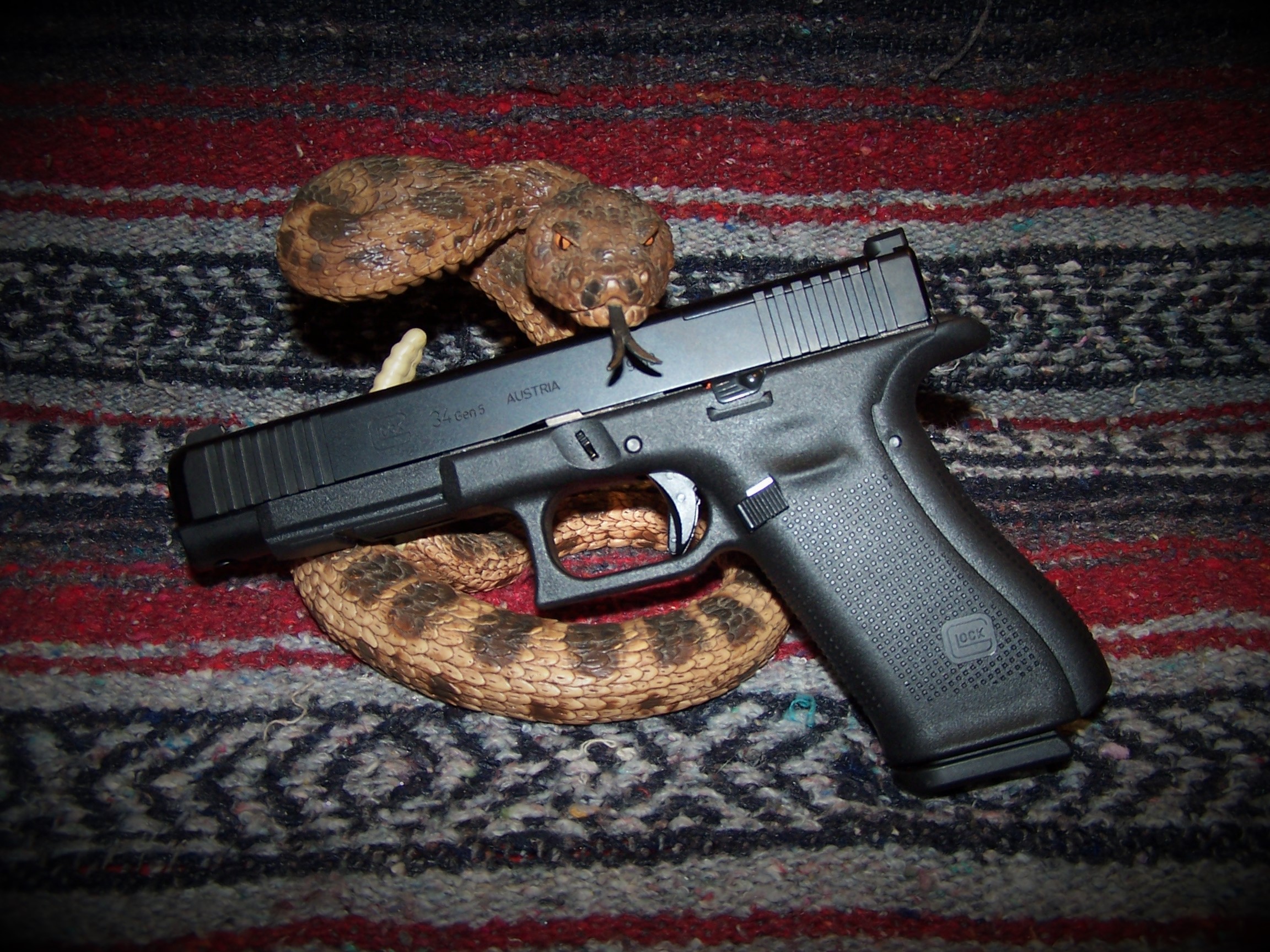
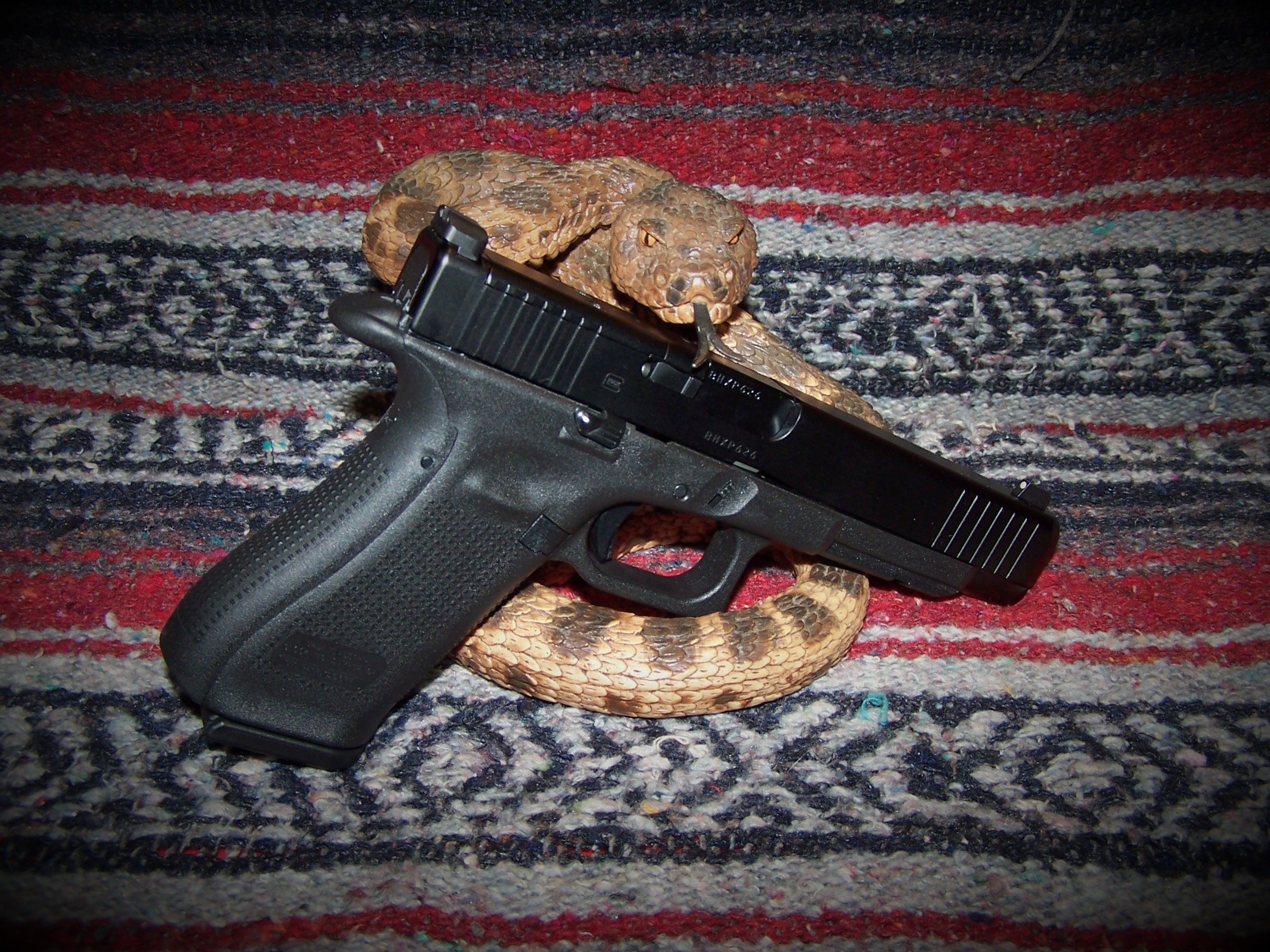
The Glock G34 Gen5 MOS has proved itself to me to be a highly accurate and reliable pistol that I would consider for concealed carry and other purposes. And, I say that from the standpoint that I am used to carrying a full-size “Government” model 1911 that is both heavy and large. The G34 is as large, but not as heavy, as what I normally carry, although fully loaded the weight of a G34 is substantial enough. Having a minimum of 17+1 rounds at one’s disposal is not a bad thing (unless they are heading in your direction), nor is having spare magazines from 17 to 33 rounds on your person or available to you. Having two seventeen round magazines on your body provides thirty-four rounds of spares at your disposal, and that is nothing to sniffle at; “I’m Your Tackleberry!”
For competition, the G34 has been an obvious choice for many; for self-defense, not so much. A G34 with a set of adjustable night sights (my preference) as a PDA and/or fitted with a MOS or laser for home defense purposes, would be excellent. For now; however, the Glock standard fully-adjustable rear target sight will stay put until I determine otherwise.
References
G34 Gen5 MOS FS: https://us.glock.com/en/pistols/g34-gen5-mos-fs
![]()

